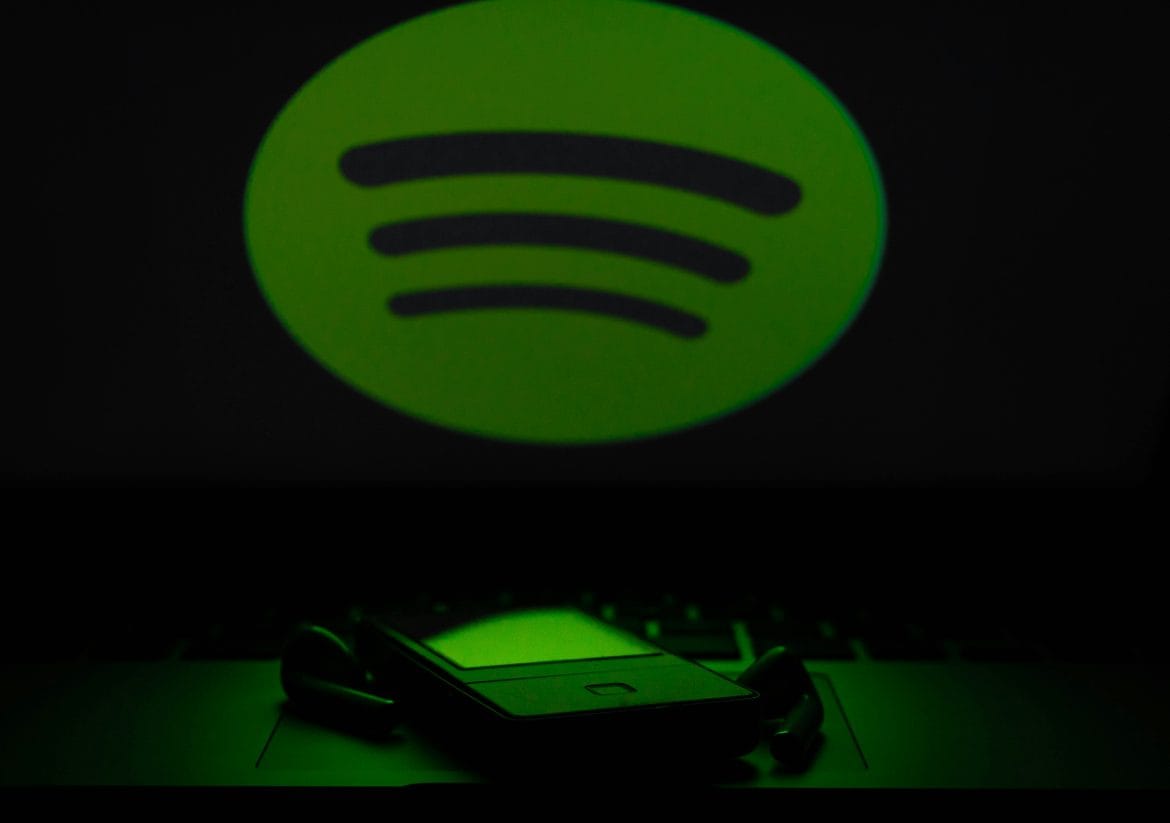Ever wondered how streaming platforms keep track of audio copyright issues? The technology behind it is more fascinating than you might think. These platforms deploy a range of cutting-edge tools and techniques to ensure that copyrighted content is properly managed.
Content Identification Systems: Platforms use sophisticated systems like Content ID to scan and match audio content with a database of copyrighted material. These systems work like digital detectives, identifying unauthorized use of music.
Digital Fingerprinting: Imagine giving every song a unique “fingerprint.” Even if the audio is edited or altered, this fingerprint helps track down the original content, making it almost impossible to sneak by unnoticed.
Audio Analysis and Comparison: Platforms go beyond basic recognition by analyzing audio patterns and features. This method involves comparing sound characteristics to a massive library of known tracks, uncovering potential copyright issues even in modified versions.
Automated Monitoring: Real-time automated tools are on the lookout for any suspicious activity. They continuously scan new uploads, ensuring that copyright rules are followed and taking action against any infringing content.
User Reporting Systems: Users can also play a role by reporting potential copyright violations. These reports are investigated by dedicated teams to ensure swift and accurate responses.
The technology is intricate and evolving, constantly staying ahead of attempts to bypass copyright protections. So next time you stream a song, remember there’s a lot of sophisticated tech working behind the scenes to keep the music world in check. Curious about how this all works? Stay tuned for more insights!
Photo by Unplash
